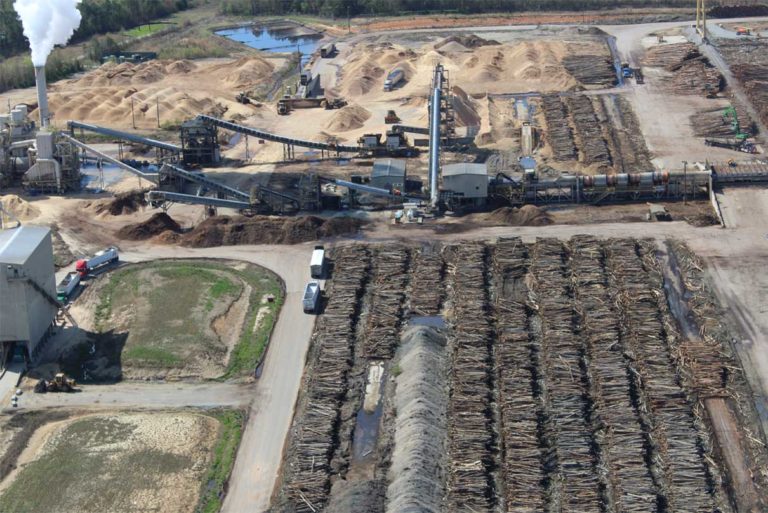
A new administration in the White House, one committed to climate mitigation policies across the federal bureaucracy in ways never seen before, has encouraged international environmentalists to press for changes to policies that they see as detrimental to nature, ecosystems and climate solutions in the midst of a worsening climate crisis.
In this story, I report on a letter sent directly to President Joe Biden as well as leaders of the EU and Japan to rethink policies that encourage deforestation in the US Southeast, western Canada and Eastern Europe in order to produce wood pellets to be burned for energy and heat instead of coal. These wood pellets are burned primarily in the European Union and United Kingdom. Japan and South Korea are also moving to this energy source.
As I’ve been reporting for years on this issue, biomass — including wood — is defined as a carbon neutral energy source on par with zero carbon wind and solar under the Kyoto Protocol of 1997. This definition has been included in the EU’s Renewable Energy Directive. In both, the smokestack emissions from biomass are not reported in a country’s emissions accounting under the Paris Agreement.
In other words, these countries are still polluting, but on paper, it appears that their emissions are coming down, depending on how much biomass is part of the their overall energy mix. In the EU and UK, it’s around 10-15 percent. As the scientists who signed the February 11 letter stressed, and as my sources confirmed, these policies are not climate solutions. They are actually making the problem worse by both adding to deforestation and not reporting the actual pollution they are putting into the air.

